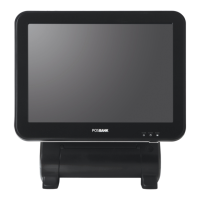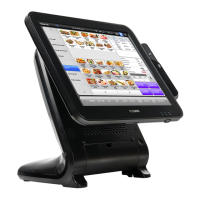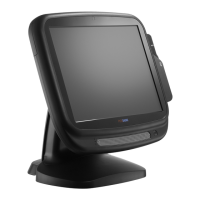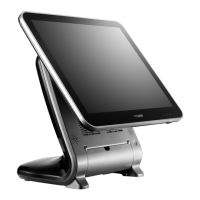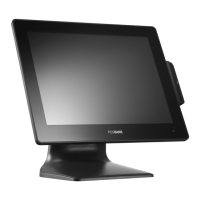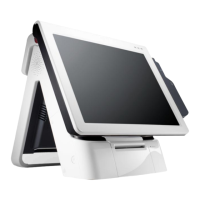What to do if my POSBank Touch terminals system switches off abruptly and does not load?
- MMatthew VillanuevaAug 12, 2025
If your POSBank Touch terminals system switches off abruptly and doesn't load, you can try the following: check the A/C cable connection, check the motherboard power connection, check the CPU settings/status, check DRAM settings, check the power button cable connection, or change the power adapter unit.
